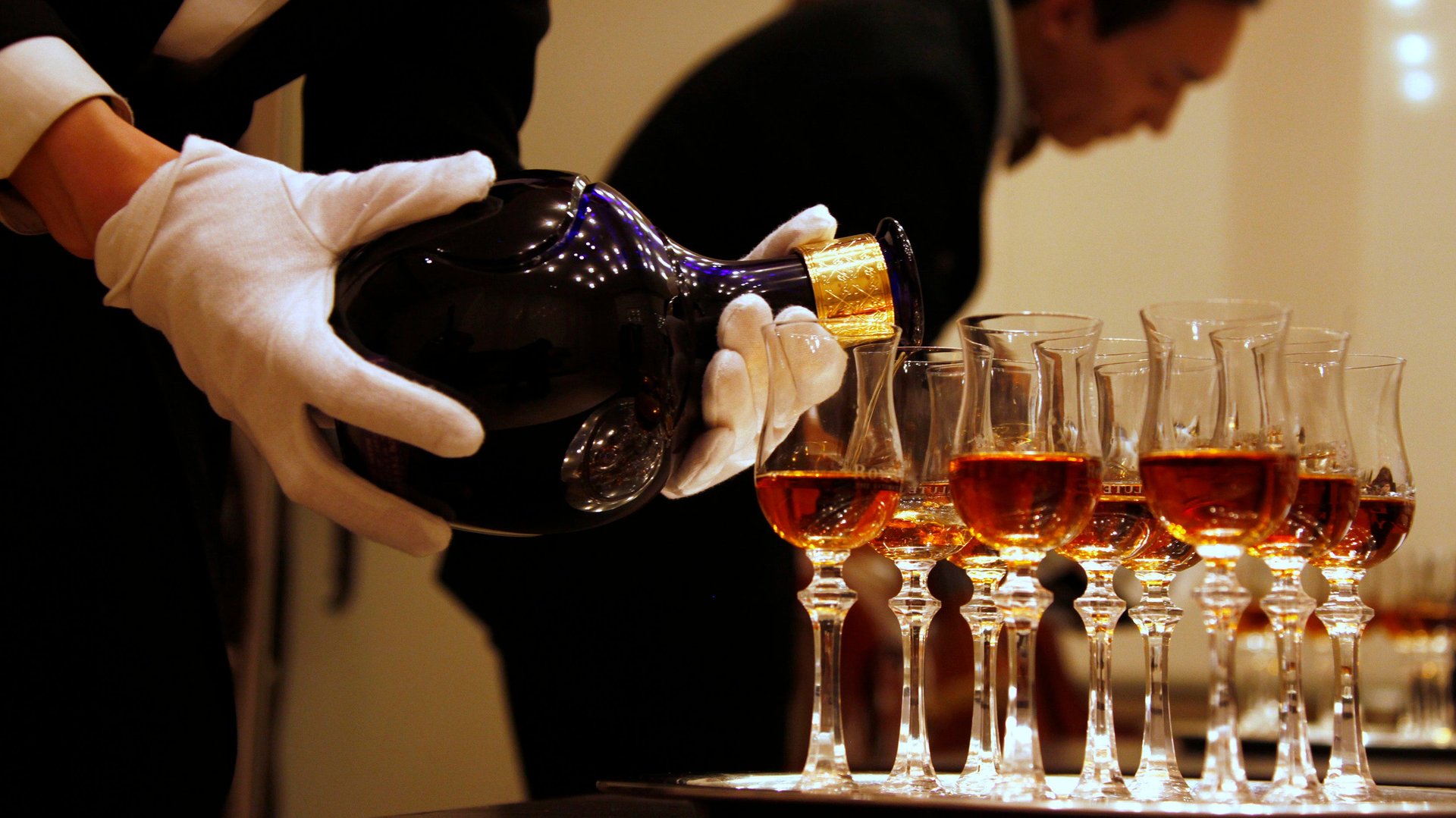The scientific tricks that can age whiskey in days instead of years
If you ask a whiskey lover about their favorite whiskey, they are likely to tell you a brand name and the number of years it was aged. While age alone does not determine a good whiskey, it’s often why whiskeys command a high price.


If you ask a whiskey lover about their favorite whiskey, they are likely to tell you a brand name and the number of years it was aged. While age alone does not determine a good whiskey, it’s often why whiskeys command a high price.
Now a new study claims that there is a method that can age any liquor many years in just a few days. Is that really possible? Let’s look at the process of making one to find an answer.
Scotch whiskey comes from malted barley. First, the barley is mixed with water to extract starch, which later breaks down into sugar. Then, the mash is fermented, converting the sugar into alcohol. This is then distilled in copper vessels, which causes many of the chemicals in the mixture to undergo transformations necessary to give whiskey its final taste.
The distillation also allows the mixture to be separated into three fractions depending on their volatility. The high-volatile and low-volatile fractions are discarded, and the spirit fraction is then put in a cask.
Over many years, the chemicals in the wooden cask mix and react with the chemicals in the spirit fraction to give the whiskey its characteristic taste. After the maturation process, the whiskey is diluted to get the taste just right, before it is sold to you. Each Scotch is unique because manufacturers can change so many variables in the process to create the hundreds of whiskeys marketed around the world.
The longest step in the process is the maturation process, and if you are able to shorten it without losing out on the flavor then a producer could save lots of money. Researchers in Spain have tried to do that with aging brandy, which is made by distilling wine. In their process, the distilled wine was mixed with American oak chips. As the wine seeped through the wood, the researchers blasted it with ultrasound, which is sound beyond the human hearing range.
Ultrasound creates pressure inside plant tissues causes them to rupture. This releases bioactive compounds, which would have mixed into the liquor only through a much slower process otherwise. The liquor was then presented to professional tasters, who pitted it against traditional brandies. The result, the researchers say, was brandy that was good as those aged over many years. “[The brandy] tasted surprisingly well, with good fruity and sweet flavors and a high aromatic intensity,” Valme García, a professor at the University of Cádiz and study co-author, told Discover.
García is not the first to develop such a method for rapidly aging a liquor. Orville Tyler, a retired chemist in the US, mixes his whiskeys with oxygen and applies ultrasound to the casks. The process accelerates the formation of esters, which are among the many chemicals that give a whiskey its distinct flavor.
Cleveland Whiskey takes another tack. The spirit is aged normally for six months in a cask. Then, the spirit and the cut-up cask are moved to a stainless steel vessel, where pressure is applied to squeeze the liquor in and out of the wood to accelerate the maturation process. “This is comparable to a very fine high end bourbon,” according to Cleveland Magazine.
To be sure, none of these process are yet able to replicate completely the aging process. What you get is some of the aspects of the aging process, but not all. Many of these liquors also can’t be sold under the names consumers are familiar with. García’s brandy can’t be called a brandy, because it did not undergo the highly regulated process required for a brandy where maturing through aging is necessary. Similarly,Tyler’s whiskey can’t be called Scotch whiskey, even if he were to make it in Scotland, because it hasn’t been matured for the minimum of three years.
And, yet, any liquor is nothing but chemicals mixed in water. Even if some of these techniques are able to cut the maturation process just a little bit, it can make a huge difference to the industry as a whole.